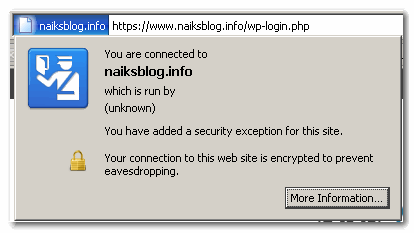After racking my brains for almost 4 days (yeah I am a slow learner) I finally created a simple Javascript string combination generator
See the demo http://naiksblog.info/stringcombinations.html
I tried modeling the logic to how databases combine sets in a cross join. All rows from left side are combined with all rows from right side.
The script is as below
function combine(a, b) {
var r= new Array();
for(var i= 0, k= 0; i < a.length; i++) {
for(var j= 0; j < b.length; j++) {
if(-1==a[i].indexOf(b[j])) r[k++]= a[i]+ b[j];
}
}
return(r);
}
You can call this as below
function permute() {
var a= "abcd";
var p= new Array();
for(var i= 0; i< a.length; i++) p[i]= a.charAt(i);
var r= p; // Input string as-is is first permutation
for(var i= 1; i< a.length; i++) r= combine(r, p); // Get the permutations
// r.length - Get the combinations
// r contains all combinations as an array
}
Some points worth noting
- If any character is repeated, the combination does not happen successfully since the logic tries to remove same character matching elsewhere
- The number of combinations increase by factorial of the number of characters, hence it will be a good idea to perform this on server side ideally otherwise javascript will hang for large strings
- Logic could be optimized to generate combination in a different better way than using crossjoin strategy
